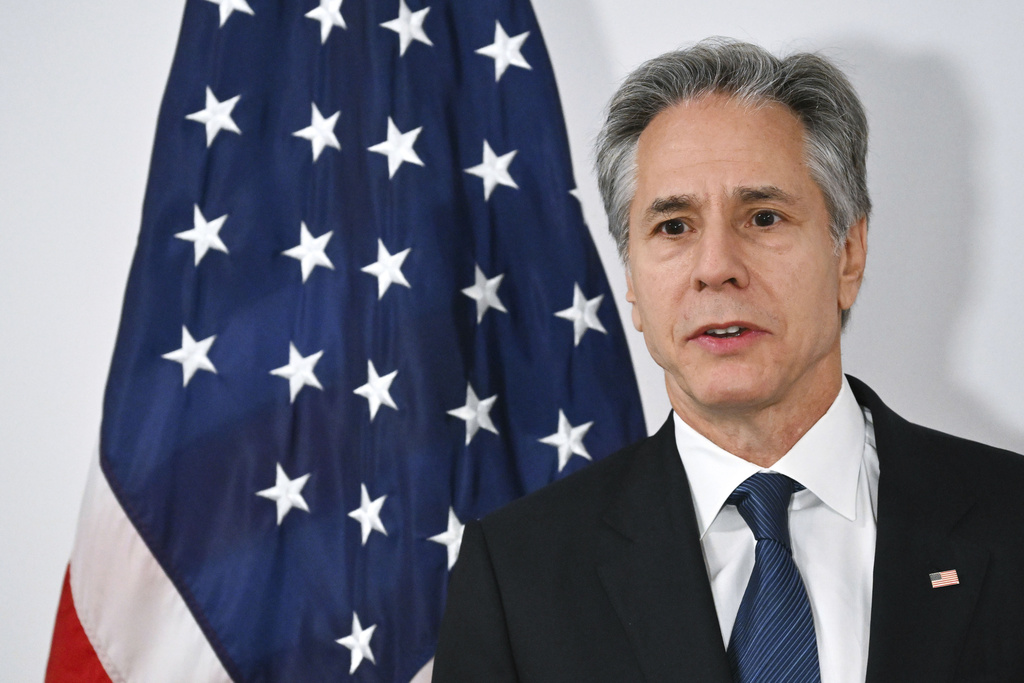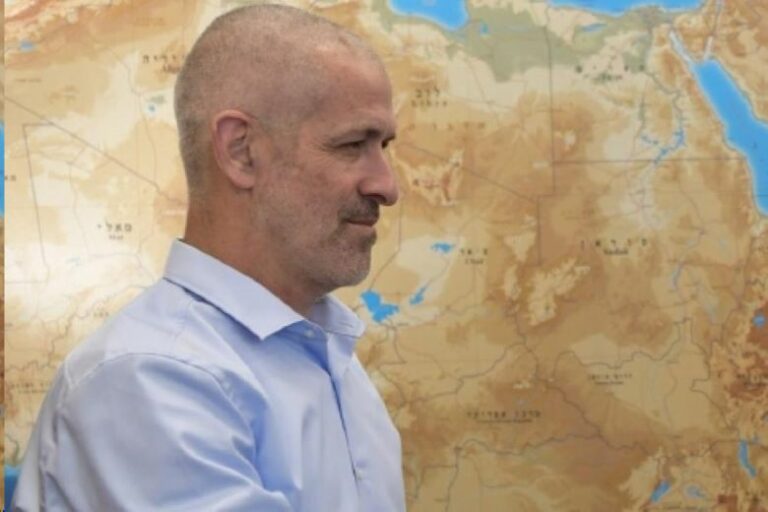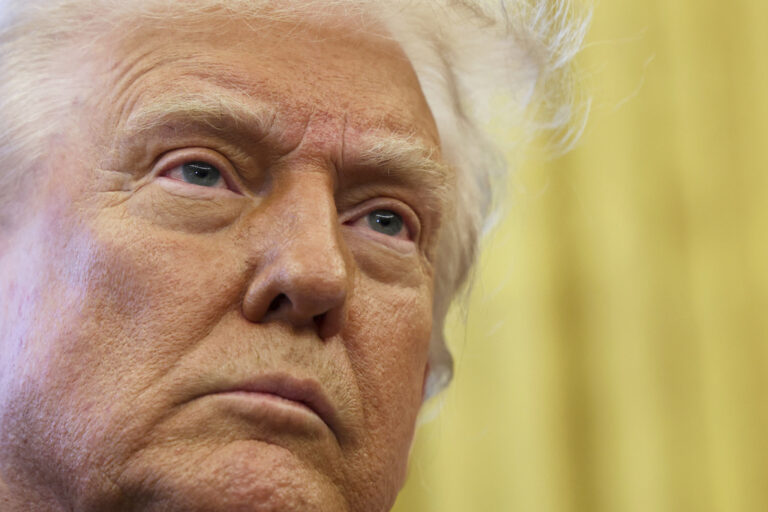When President Joe Biden visited Angola last week, one of the highlights was his pledge of hundreds of millions of dollars for an ambitious trans-Africa rail project that would bring copper and cobalt from central Africa to the Atlantic port of Lobito.
The project is possible because of the commitment of a $553 million direct loan from the U.S. International Development Finance Corporation, created in 2019 during the first Trump administration to counter China’s expansion of its global reach through infrastructure projects, such as the mega-port in Chancay, Peru, inaugurated just last month.
On Monday, the U.S. agency celebrated its five-year milestone by vowing to advance U.S. foreign policy and strategic interests through projects around the world such as the one in Angola. It also seeks re-authorization from Congress and a greater ability to invest in more countries when there’s a strategic need to compete with China.
“We need to be good partners while offering an alternative based on our values,” said Scott Nathan, the chief executive officer of the development agency, who was in Angola last week with the president. “Quite simply, we need to continue to show up.”
Nathan is set to leave the post. President-elect Donald Trump is yet to name his pick to lead the agency.
Over its first five years, the agency has developed a portfolio of more than $50 billion in 114 countries, including solar panel manufacturing in India, a power plant in Sierra Leone, and digital infrastructure in South America. To do that, the agency has leveraged government funding to partner with private investments. In the last fiscal year, the agency committed to $12 billion in new transactions, using the roughly $800 million in appropriations, Nathan said.
Investments by the agency are having a “transformational impact on economic development while concretely advancing U.S. strategic interests,” Nathan said.
In Angola, for example, the rail project would help secure the supply chain by cutting both time and cost in transporting critical minerals.
National security adviser Jake Sullivan said the agency was created when the U.S. was “ceding the field” to China in a new era of geopolitics. The U.S. needed a vision “calibrated to new geopolitical realities” and that matched ”the scope of the transformational challenges we faced.”
It was in 2013 when Beijing launched the massive Belt and Road Initiative to gain markets and influence around the world by building roads, railways, power plants, transmission lines and ports, usually in less-developed regions.
A recent report by the U.S. Government Accountability Office said China provided $679 billion for international infrastructure projects such as those in transportation and energy between 2013 and 2021, compared with the $76 billion the U.S. provided in the same period. Western politicians have criticized these Beijing-backed projects for creating debt traps, but Beijing argues that they have brought tangible and much-needed economic benefits to the host countries.
In 2018, Congress passed a bipartisan bill that created the U.S. development agency, aimed at bringing private investments into low- and middle-income countries through tools such as equity investment, loan guarantee and political risk insurance.
On Monday, Secretary of State Antony Blinken praised the agency for “reimagining how the U.S. does development” and said, through its work, the U.S. has “shown countries that they don’t have to resort to projects that are poorly built, environmentally destructive, that import or abuse workers, that foster corruption or burden countries with unsustainable debt.”
“We really are the partner of choice,” Blinken said.
As challenges lie ahead, Blinken said the agency needs to do even more and in more countries than before.
(AP)











